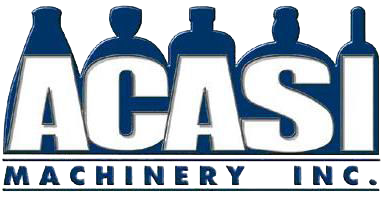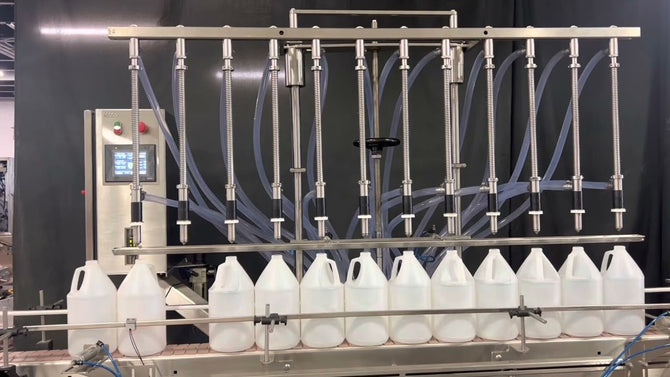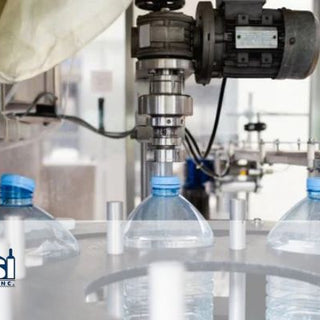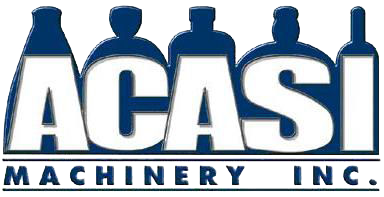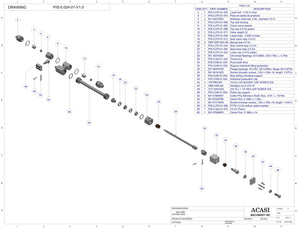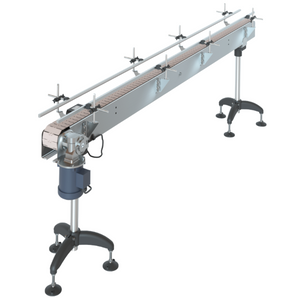
In the bottling and packaging industry, a filling machine refers to the device that manufacturers use to help them fill all sorts of different products into bottles, boxes, or any other container that needs to be filled. As one can imagine, thousands of various applications may require a filling machine.
Although there are many types of filling machines for many industries, I will focus on the bottling industry. That is the area I work on a day-to-day basis and have more knowledge about.
Why Do You Need a Filling Machines?
You need a filling machine if the process of your bottles or containers getting filled is taking too long and/or labor costs start being an issue.
Some manufacturers start very small, home mixing, filling, and labeling and can manually produce a few hundred bottles; at this point, you may not need any filling equipment.
But as soon as your production increases and quality, speed, fill level accuracy, cleanliness becomes an issue, you will need to invest in a filling machine.
Higher capacity requirements need further automation like automatic bottle feeders (bottle unscrambler). This makes economic sense when you have at least one full-time employee feeding bottles into production lines all day.
You can purchase a bottle unscrambler for typical containers that can feed 60 bottles per minute for less than $40,000. So if adding these machines eliminates one employee earning $12/hour, your payoff will be around 15 months, two employees 7 to 8 months.
There are many types of filling machines, and the best filling machine for your needs will be unique. The main factors in determining which machine will be best for your needs are:
Bottle Fill Speed (production needs)
Depending on how many bottles you need to fill per day, you may need a handheld filler, semi-automatic, automatic inline filler, or a rotary filling machine. Typically, the faster the filling machine, the higher its price.
You can start manually producing with any system for a few hundred dollars and make a few hundred bottles per day. Still, more significant investments will be required when you require higher speeds, cleanliness, and accuracy.
Product Filled
Unfortunately, no single technology currently works best for all types of products; the most flexible filling machines have a high-cost disadvantage.
Each filling project is different, and although the best machine for a particular application may be an overflow filler, the recommendation to the customer changes completely if he wants to fill higher viscosity products in the future. Here are some scenarios and typical recommendations.
What are the different types of filling machines?
Overflow filler: If you are only doing water-thin to very light oil type viscosity, we recommend overflow fillers because they work fast, accurately, and the cost of these machines is less than most other filling technologies.
Overflow filler explosion-proof: This filling machine is basically an overflow machine for flammable products. Great attention is taken to ensure that all electrical components, motors, and sensors can’t create a spark, among other things, explosion motors, intrinsically safe sensors, and barriers, cement-filled electrical boxes, and many pneumatic systems to reduce electrical use.
Piston filler: Piston fillers have been available in the bottling industry for more than 100 years because of how flexible they are and the wide range of products they can fill. With this type of filler, you can produce thick products like mayonnaise and water-thin products with the right type of nozzle.
The main issues with this technology are:
Cost: These machines can be very expensive because they require tight tolerance parts made in 304 and 316L stainless steel with a high cost and are difficult to machine.
Cleanability: There are a lot of parts, so thorough cleaning will be a lengthy process.
Range: Most manufacturers will only guarantee accurate fill levels to 10% of your total piston fill volume, so if you have 100oz pistons on your machine, you won’t be able to fill below 10oz without a piston change.
Flowmeter filler: This type of fill technology has gotten a lot of track, and more manufacturers are using them every time because they are very accurate, can fill a wide variety of products, and it’s the easiest machine to clean and change products.
The current disadvantage is the cost since each nozzle requires one dedicated flowmeter, and for flexible systems, you need a mass flow meter that tends to be very expensive.
Pump Fillers: These machines use positive displacement pumps, and some customers like them because of the wide range of volumes and viscosities they can handle.
The main issues with this technology are:
Cost: They are among the most expensive systems because each fill nozzle is connected to one positive displacement pump driven by a motor with an encoder, a stepper motor, or a servo motor.
Accuracy: To obtain consistent fill weights, great care needs to be taken in fill tank height, settings, room temperature, among others. Even with the highest quality pumps and servo-driven systems, each nozzle will have a different setting and may need to be adjusted throughout the day.
Weigh filler: Filling by weight is done by using electronic scales, and few technologies are better for large fills like buckets and drums. However, using these systems for smaller fills makes the machine overly complicated and costly.
